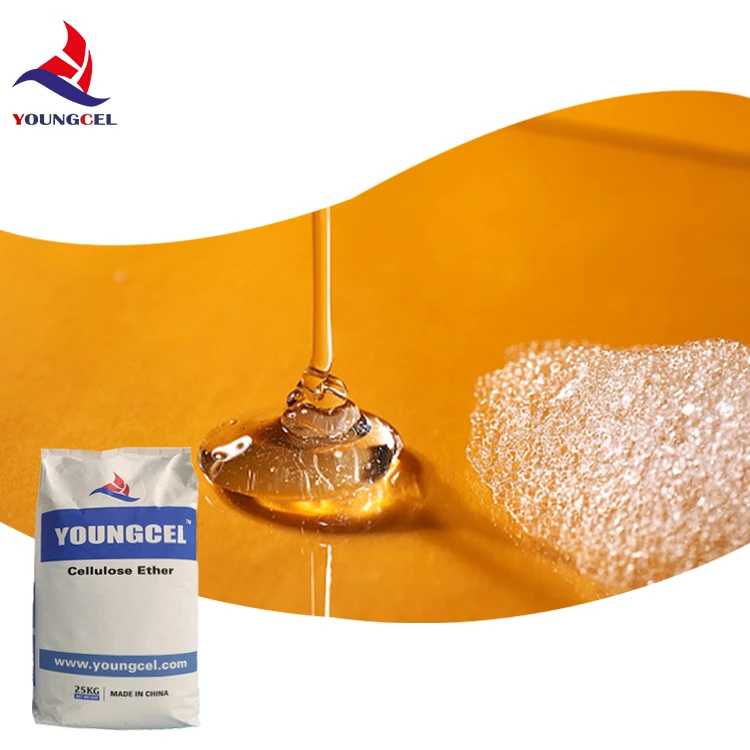The Science and Application of Building Adhesives
In modern construction and architecture, the importance of effective bonding materials cannot be overstated. Building adhesives play a crucial role in ensuring that structures are not only durable but also aesthetically pleasing. From residential homes to commercial skyscrapers, adhesive technologies have evolved dramatically, enabling a wide range of applications that enhance the integrity and performance of various materials.
Understanding Building Adhesives
Building adhesives are substances used to bond materials together in construction. They include a diverse range of products, such as epoxy resins, polyurethane adhesives, silicone sealants, and pressure-sensitive adhesives. Each type has its unique properties, allowing builders and architects to choose the right product for their specific needs. For instance, epoxy adhesives are known for their exceptional strength and chemical resistance, making them ideal for bonding metal components in industrial settings. In contrast, silicone sealants provide flexibility and weather resistance, making them suitable for sealing joints in exterior applications.
Key Properties
The effectiveness of building adhesives depends on several key properties
1. Bond Strength This refers to the ability of the adhesive to hold materials together under various conditions. High bond strength is critical for structural applications, ensuring that joints remain secure under load.
2. Durability Adhesives must withstand environmental factors such as temperature variations, moisture, and UV exposure. A durable adhesive ensures long-term performance without degradation over time.
3. Flexibility In some applications, flexibility is essential to accommodate movement and thermal expansion in materials. Adhesives that allow for some degree of movement can prevent cracking and maintain bond integrity.
4. Cure Time The time it takes for an adhesive to set can vary greatly. Some construction projects require fast-curing adhesives to expedite the building process, while others may benefit from slower options that allow for adjustments during installation.
5. Compatibility with Materials Not all adhesives work well with every material. Ensuring compatibility with substrates, whether wood, metals, plastics, or ceramics, is vital for achieving the desired performance.
building adhesive

Applications in Construction
Building adhesives are employed in a myriad of applications, including
- Flooring Adhesives are commonly used to install hardwood, laminate, vinyl, and tile flooring. They provide a strong bond that enhances stability and reduces the risk of warping.
- Wall Panels In both commercial and residential construction, adhesive products are frequently utilized to secure drywall and paneling, ensuring a smooth, uninterrupted surface.
- Roofing Adhesive technologies are also critical in roofing applications, bonding shingles and membranes to prevent leaks and ensure longevity.
- Energy Efficiency With a growing emphasis on sustainability, adhesives contribute to energy-efficient construction. They help create airtight seals that reduce energy loss, thus minimizing heating and cooling costs.
- Green Building Many modern adhesives are formulated to be environmentally friendly, containing low or no volatile organic compounds (VOCs). These products help to improve indoor air quality and reduce the overall environmental impact of construction.
Innovations in Building Adhesives
The field of building adhesives is continuously evolving with advances in technology. Recent innovations include the development of smart adhesives that can change properties in response to environmental conditions, such as temperature or humidity. Additionally, bio-based adhesives derived from renewable resources are gaining popularity, aligning with the construction industry's goal to adopt more sustainable practices.
In conclusion, building adhesives are an indispensable component of modern construction. Their diverse applications and advanced properties bolster the performance of buildings while catering to the evolving needs of the industry. As technology continues to advance, the future of building adhesives promises even greater innovation, further enhancing the safety, durability, and sustainability of buildings around the world. Understanding the role and potential of building adhesives can help architects, builders, and engineers make informed choices, leading to the creation of resilient and efficient structures.
-
Rdp Powder: Key Considerations for Wholesalers in the Building Materials IndustryNewsJul.08,2025
-
Key Considerations for Wholesalers: Navigating the World of Hpmc - Based ProductsNewsJul.08,2025
-
Hpmc Detergent: Key Considerations for WholesalersNewsJul.08,2025
-
Key Considerations for Wholesalers: China Hpmc For Tile Adhesive, Coating Additives, Concrete Additives, and MoreNewsJul.08,2025
-
Crucial Considerations for Wholesalers: Navigating the World of Construction MaterialsNewsJul.08,2025
-
Key Considerations for Wholesalers Sourcing Additive For Cement, Additive For Concrete, Additive For Putty from Additive Manufacturer Shijiazhuang Gaocheng District Yongfeng Cellulose Co., Ltd.NewsJul.08,2025




